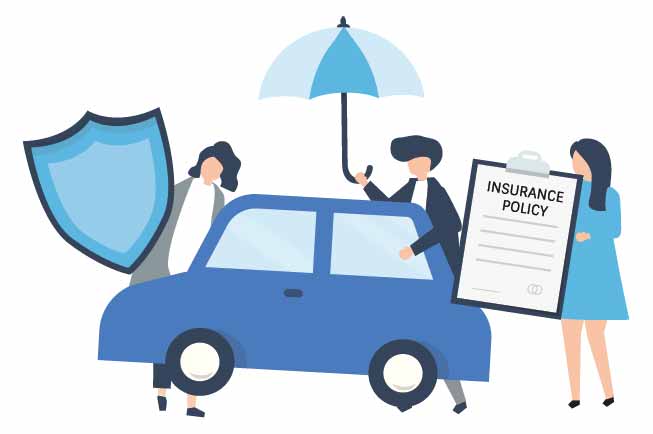How is MB plans a good choice for all?
Everyone wants their money to increase in value over time, bar none. You should include investing as a significant component of your financial strategy in order to increase your wealth. Consider investing your funds in a variety of investment products that could help your investment grow and enable you to fulfil your long-term goals if you have a lot of financial targets in mind. This is one of the most efficient strategies to achieve your financial ambitions.
How Are Money Back Plans a Good Choice For All?
Various reasons that make money back policy a good fit for everyone are listed ahead.
1. Insurance Protection
Money back plans give you the perfect blend because they are both an investment and an insurance product. Irrespective of the monthly payments you have been receiving, your nominee will receive the guaranteed amount if anything awful were to happen to you. In addition to helping you grow your money and obtain a regular income to suit your needs, a money back program also protects your family’s finances in the event of your passing.
2. Liquidity
Since you would receive regular payments under this arrangement, you will have liquidity. As a result, you can better prepare for and handle your current and future financial needs.
3. Rewards
If the insurance provider declares one, you can receive a bonus based on the product you choose and its underlying circumstances. This could be seen as an added benefit, and it is constantly advisable to have a money back plan from a trustworthy insurance company.
4. Survival Advantages
Depending on the terms and conditions of the goods, a money back plan can pay you a fraction of the sum assured. You will be eligible for maturity benefits if you live out the policy term. In addition, you will be eligible for any periodic payouts that you could be eligible for in the interim between insurance terms as Survival benefits.
Who Can Invest In Money Back Policy?
People who wish to create low investments, individuals who want to build wealth and have life insurance, and those who need payments at frequent basis all through the policy term to satisfy particular requirements should consider money back plans.
For individuals who need money on a daily basis, such for example for a child’s education, these plans are a good choice. These programmes are frequently used by people to reduce their tax obligations. Therefore, if you need to reduce your tax liability, you can purchase these plans because the premiums paid are deductible per Section 80C of the Income Tax Act as long as certain conditions are met. You need to first check the insurance wordings for qualifying criteria in order to obtain the appropriate money back policy.
Endnotes
According to the information above, if you’re looking for something that provides insurance protection while also helping you create a capital, you might think about purchasing a money back policy for yourself. If you prefer a regular income to be paid into your account and have no interest in taking on risks, a money back insurance is a good solution for you.
How is MB plans a good choice for all? Read More »










